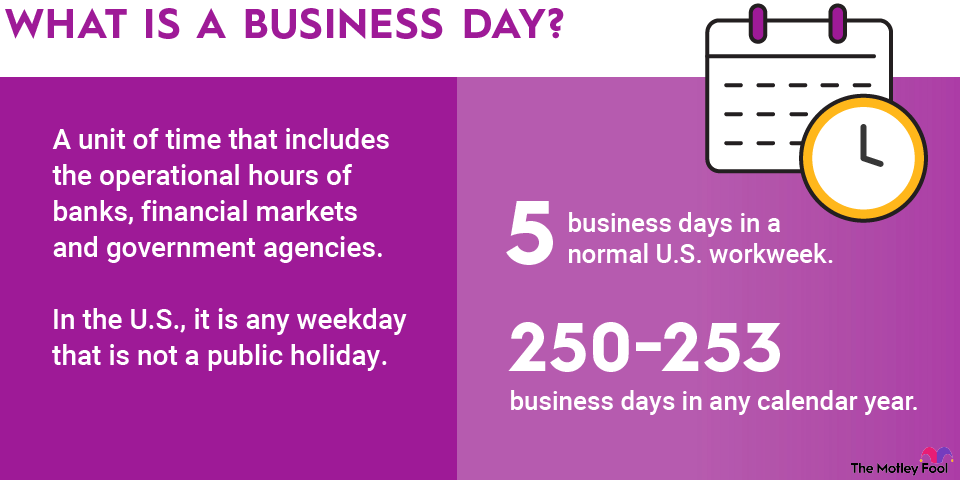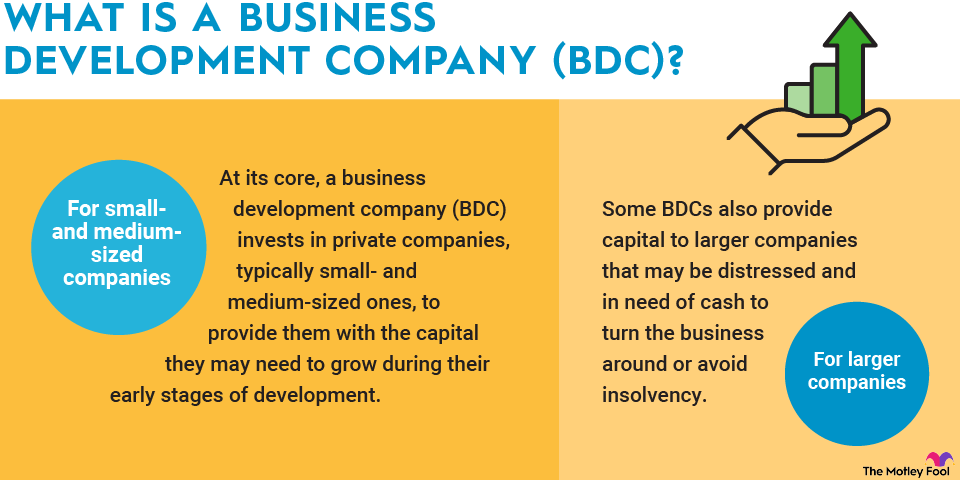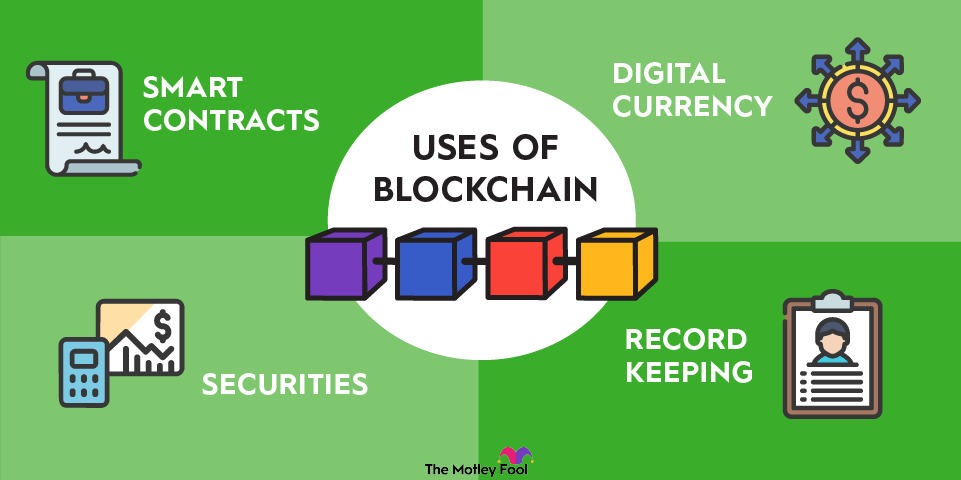Although common consumer loans have equal payments that ultimately end in the loan being paid in full, that's not always the case with lending. Sometimes, a balloon payment is required. Read on to understand what this is, why you'd have one, and the pros and cons of using one of these loans.

What is a balloon payment?
Simply put, a balloon payment is a large payment at the end of a term loan. Instead of having your payments work out to pay the loan in full at the end of the term, a loan with a balloon payment will only pay part of the balance back with the installment portion of the payments, and there will be a balance, often significant, left at the end.
People typically plan to sell a property tied to a loan with a balloon payment or refinance the note before the balloon comes due. If they can't pay the balloon payment, the property that the loan secures can be foreclosed upon and sold to pay the balance.
Where might you encounter balloon payments?
Typical Americans don't often encounter balloon payments, but they can arise in a few scenarios and are almost exclusively tied to secured loans. Because of how they work, they can temporarily extend buying power, but only with a significant countdown.
You may encounter balloon payments if you're trying to secure a non-qualified mortgage, certain types of car loans, or various types of business financing. The construction industry, for example, is full of loans with balloon payments, since the goal is to sell the property before the balloon kicks in. The lower payments save contractors and developers a lot of money upfront, in case their project goes off schedule or they can't sell as quickly as they'd hoped.
Pros and cons of balloon payments
Balloon payments can be useful financial tools when used carefully, but they also carry significant risk. On one hand, balloon payments are great for businesses that need to cover the cost of acquiring something that they intend to sell later, like the homebuilders mentioned above. This frees up capital and minimizes monthly liabilities, at least for a while.
However, if they're unable to sell the property, the problem quickly becomes pretty serious. Foreclosure is possible if the balloon payment isn't satisfied, which is the most severe consequence of a loan with a balloon payment. These loans also generally carry higher interest rates, which can make them much more expensive to maintain over the longer term.
Why balloon payments matter to investors
It's important to understand the types of loans the companies you're investing in are using, since balloon payments are inherently risky. Although commonly used, they also carry a risk of default and property loss, which can hurt your investment. Depending on your investment strategy, the risk can vary pretty widely.
If you're a real estate investor with direct real estate investments and you're using loans with balloon payments, you need to really consider if you'll be able to pay that note back or refinance it before the balloon is due. If the time frame is too short or the economy takes a hard turn, you may be at risk of losing everything you've invested in your business.
Related investing topics
If you're a stock investor and your company is using a lot of loans with balloon payments to finance purchases, this might be more of a strategic move, especially if they have a lot of cash on hand. Generally, companies that are institutional-grade investments have a plan for refinancing loans or have non-bank credit they can tap to refinance property acquisitions that have a balloon payment due. Small caps and micro caps, though, may be at serious risk of loss since they can't access a lot of the types of credit that larger companies can.
One other place balloon payments could come into play is when buying mortgage backed securities (MBS). These are made of all kinds of mortgages, including mortgages with these features. When you buy an MBS that has mortgages with balloon payments included, you may get a higher return, but it's due to the higher risk of default.



















